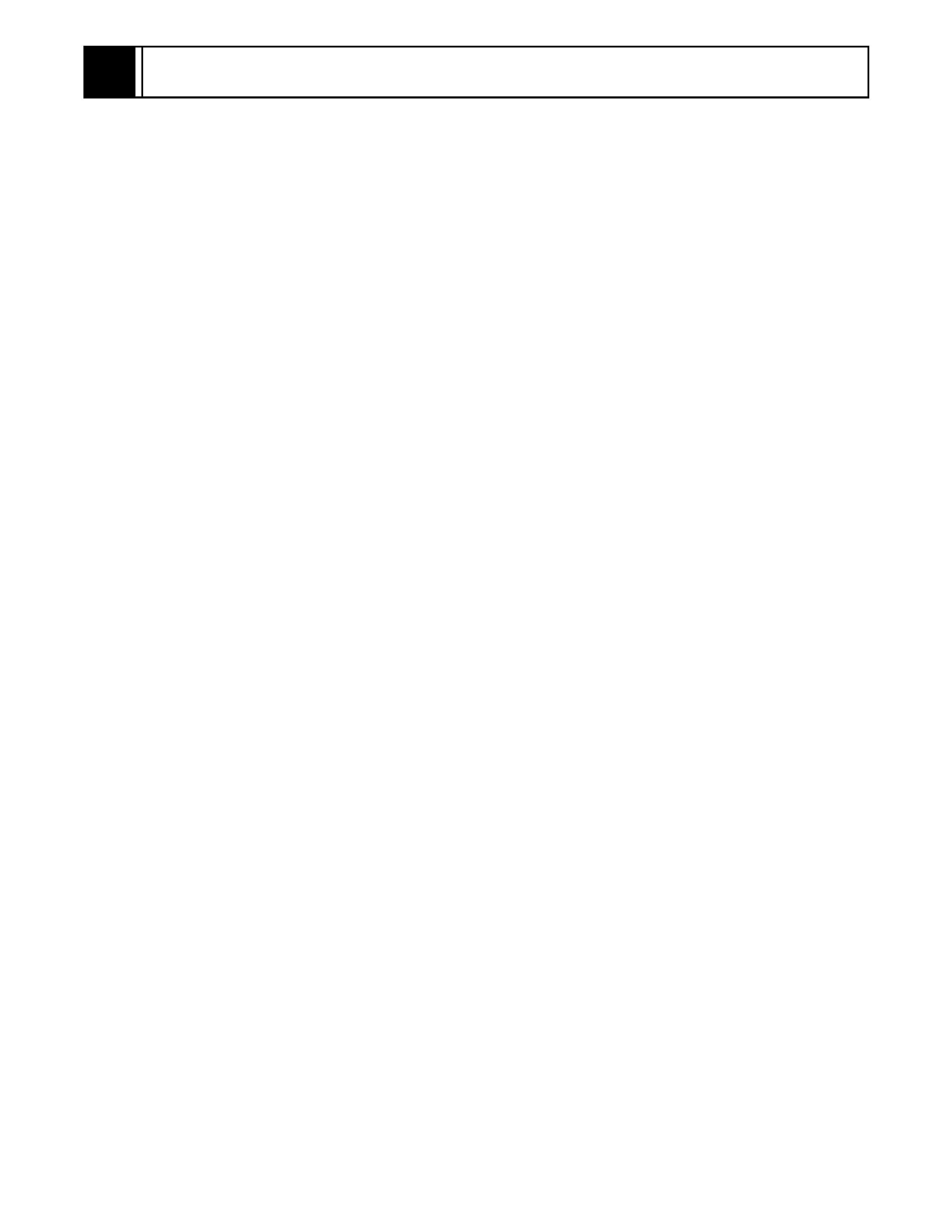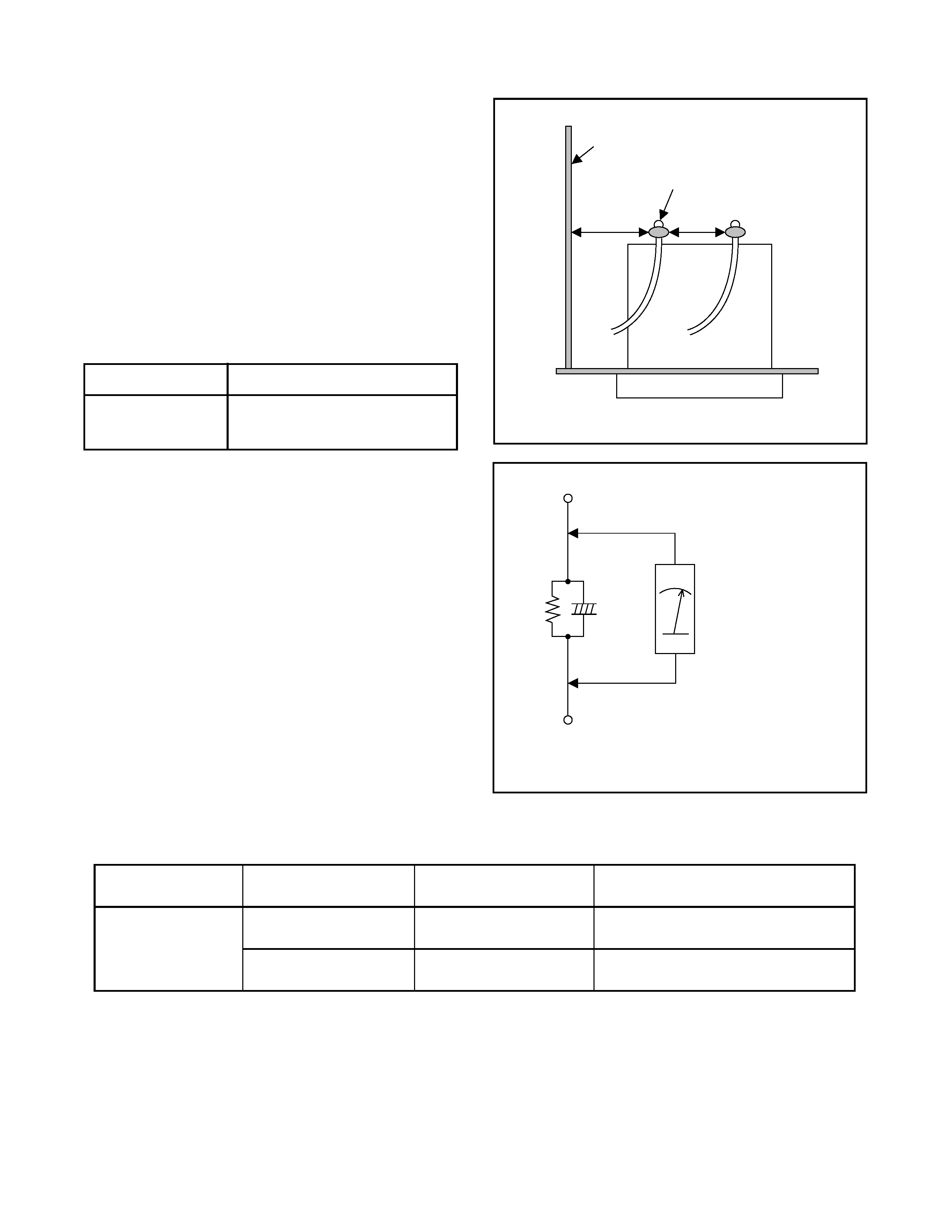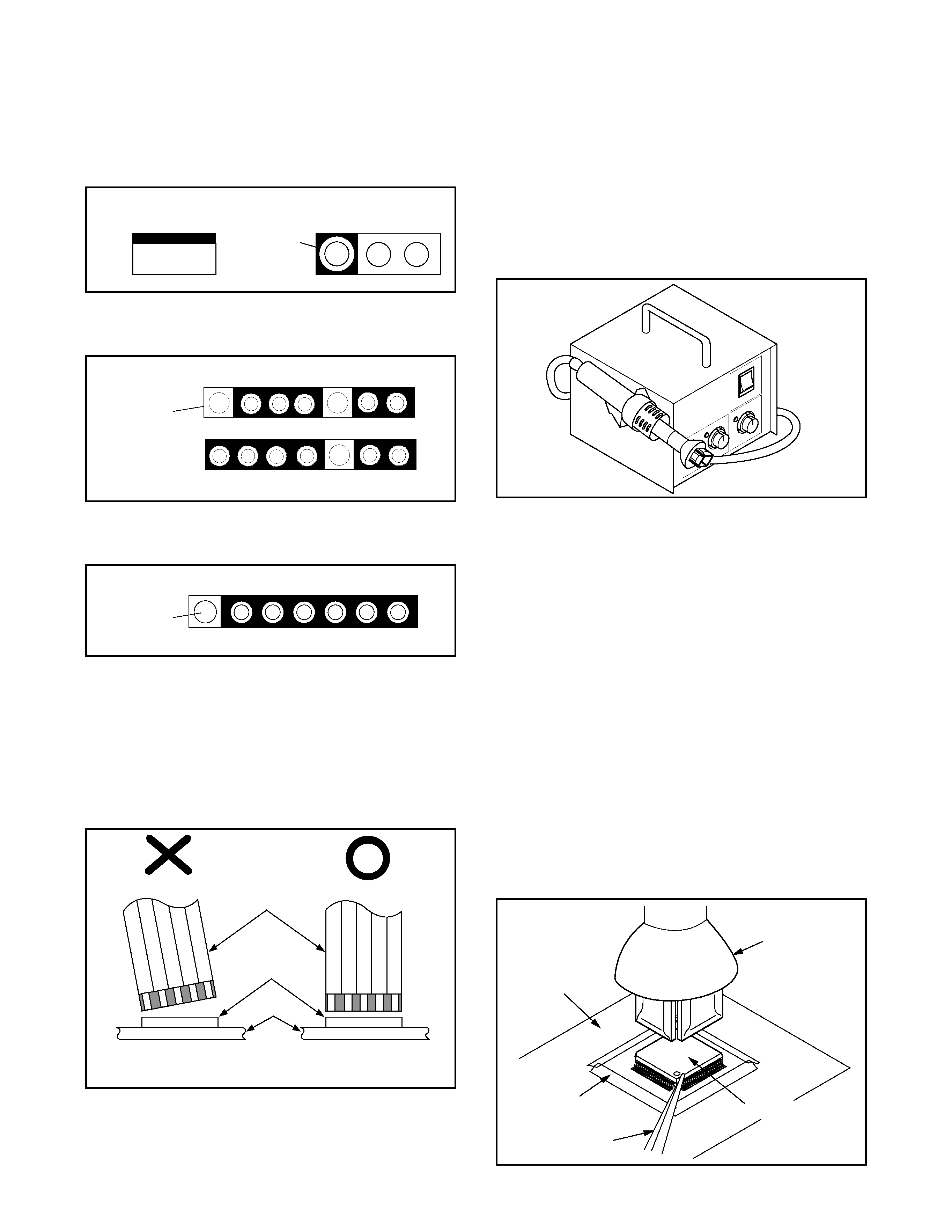
SERVICE MANUAL
VIDEO CASSETTE RECORDER
No. 5302
VTFX340EUK
VTMX310EUK
May 2003
Digital Media Division
SPECIFICATIONS AND PARTS ARE SUBJECT TO CHANGE FOR IMPROVEMENT

CONTENTS
1 CAUTIONS FOR SAFETY IN PERFORMING
REPAIR . . . . . . . . . . . . . . . . . . . . . . . . . . . . . . . .1-1
1-1 IMPORTANT SAFETY PRECAUTIONS . . . . . . . . . 1-1
1-1-1 Product Safety Notice . . . . . . . . . . . . . . . . . . . . . 1-1
1-1-2 Precautions during Servicing. . . . . . . . . . . . . . . . 1-1
1-1-3 Safety Check after Servicing . . . . . . . . . . . . . . . . 1-2
1-2 STANDARD NOTES FOR SERVICING. . . . . . . . . . 1-3
1-2-1 Circuit Board Indications . . . . . . . . . . . . . . . . . . . 1-3
1-2-2 Instructions for Connectors . . . . . . . . . . . . . . . . . 1-3
1-2-3 How to Remove/Install Flat Pack-IC . . . . . . . . . . 1-3
1-2-4 Instructions for Handling Semi-conductors . . . . . 1-5
2 GENERAL INFORMATION . . . . . . . . . . . . . . . . .2-1
2-1 SPECIFICATIONS . . . . . . . . . . . . . . . . . . . . . . . . . . 2-1
2-2 COMPARISON OF MODELS . . . . . . . . . . . . . . . . . 2-2
2-2-1 Comparison of Features . . . . . . . . . . . . . . . . . . . 2-2
2-2-2 Comparison of Main Control ICs . . . . . . . . . . . . . 2-2
2-3 FUNCTION INDICATOR SYMBOLS . . . . . . . . . . . . 2-4
2-4 OPERATING CONTROLS AND FUNCTIONS . . . . 2-5
3 MAINTENANCE AND INSPECTION. . . . . . . . . .3-1
3-1 TROUBLESHOOTING. . . . . . . . . . . . . . . . . . . . . . . 3-1
3-2 STANDARD MAINTENANCE . . . . . . . . . . . . . . . . . 3-6
3-2-1 Service Schedule of Components . . . . . . . . . . . . 3-6
3-2-2 Cleaning . . . . . . . . . . . . . . . . . . . . . . . . . . . . . . . 3-7
4 DISASSEMBLY . . . . . . . . . . . . . . . . . . . . . . . . . .4-1
4-1 CABINET DISASSEMBLY INSTRUCTIONS . . . . . . 4-1
4-1-1 Disassembly Flowchart . . . . . . . . . . . . . . . . . . . . 4-1
4-1-2 Disassembly Method . . . . . . . . . . . . . . . . . . . . . . 4-1
4-2 DISASSEMBLY/ASSEMBLY PROCEDURES
OF DECK MECHANISM . . . . . . . . . . . . . . . . . . . . . 4-6
4-3 ALIGNMENT PROCEDURES OF MECHANISM. . 4-13
5 ADJUSTMENT . . . . . . . . . . . . . . . . . . . . . . . . . .5-1
5-1 PREPARATION FOR SERVICING . . . . . . . . . . . . . 5-1
5-1-1 How to Enter the Service Mode. . . . . . . . . . . . . . 5-1
5-2 FIXTURE AND TAPE FOR ADJUSTMENT . . . . . . . 5-2
5-2-1 How to Use The Fixtures. . . . . . . . . . . . . . . . . . . 5-2
5-3 ELECTRICAL ADJUSTMENT INSTRUCTIONS . . . 5-3
5-3-1 Test Equipment Required . . . . . . . . . . . . . . . . . . 5-3
5-3-2 Head Switching Position Adjustment. . . . . . . . . . 5-3
5-4 MECHANICAL ALIGNMENT PROCEDURES . . . . . 5-4
5-4-1 Service Information . . . . . . . . . . . . . . . . . . . . . . . 5-4
5-4-2 Tape Interchangeability Alignment . . . . . . . . . . . 5-5
1-A. Preliminary/Final Checking and
Alignment of Tape Path . . . . . . . . . . . . . . . . . . . . 5-6
1-B. X Value Alignment . . . . . . . . . . . . . . . . . . . . . . . . 5-6
1-C. Checking/Adjustment of Envelope Waveform . . . 5-7
1-D. Azimuth Alignment of
Audio/Control/Erase Head. . . . . . . . . . . . . . . . . . 5-7
6 EXPLODEDS VIEWS AND PARTS LIST . . . . . 6-1
6-1 EXPLODED VIEWS . . . . . . . . . . . . . . . . . . . . . . . . .6-1
6-1-1 Cabinet Section. . . . . . . . . . . . . . . . . . . . . . . . . . .6-1
6-1-2 Deck Mechanism View 1 Section . . . . . . . . . . . . .6-2
6-1-3 Deck Mechanism View 2 Section . . . . . . . . . . . . .6-3
6-1-4 Deck Mechanism View 3 Section . . . . . . . . . . . . .6-4
6-2 REPLACEMENT PARTS LIST . . . . . . . . . . . . . . . . .6-5
6-2-1 Mechanical Parts List . . . . . . . . . . . . . . . . . . . . . .6-5
6-2-2 Electrical Parts List . . . . . . . . . . . . . . . . . . . . . . . .6-7
SCHEMATIC, CIRCUIT BOARD AND BLOCK
DIAGRAMS
1 SCHEMATIC DIAGRAMS/CBA'S AND TEST POINTS . 1
2 WIRING DIAGRAMS. . . . . . . . . . . . . . . . . . . . . . . . . . . . 3
3 SCHEMATIC DIAGRAMS . . . . . . . . . . . . . . . . . . . . . . . . 4
3-1 Main 1/7 Schematic Diagram. . . . . . . . . . . . . . . . . . . . 4
3-2 Main 2/7 & Sensor Schematic Diagrams . . . . . . . . . . . 5
3-3 Main 3/7 Schematic Diagram. . . . . . . . . . . . . . . . . . . . 6
3-4 Main 4/7 & Jack Schematic Diagram. . . . . . . . . . . . . . 7
3-5 Main 5/7 Schematic Diagram. . . . . . . . . . . . . . . . . . . . 8
3-6 Main 6/7 Schematic Diagram ( VT-FX340E(UK) ) . . . . 9
3-7 Main 7/7 Schematic Diagram. . . . . . . . . . . . . . . . . . . 10
3-8 AFV Schematic Diagram ( VT-FX340E(UK) ) . . . . . . 11
4 WAVEFORMS . . . . . . . . . . . . . . . . . . . . . . . . . . . . . . . . 12
5 CIRCUIT BOARD DIAGRAMS . . . . . . . . . . . . . . . . . . . 13
5-1 Main CBA Top View . . . . . . . . . . . . . . . . . . . . . . . . . . 13
5-2 Main CBA Bottom View . . . . . . . . . . . . . . . . . . . . . . . 14
5-3 Jack CBA Top / Bottom View . . . . . . . . . . . . . . . . . . . 15
5-4 AFV CBA Top / Bottom View ( VT-FX340E(UK) ) . . . 16
6 BLOCK DIAGRAMS . . . . . . . . . . . . . . . . . . . . . . . . . . . 17
6-1 Servo/System Control Block Diagram . . . . . . . . . . . . 17
6-2 Video Block Diagram . . . . . . . . . . . . . . . . . . . . . . . . . 18
6-3 Audio Block Diagram (VT-MX310E(UK)) . . . . . . . . . . 19
6-4 Audio Block Diagram (VT-FX340E(UK)) . . . . . . . . . . 20
6-5 Hi-Fi Audio Block Diagram (VT-FX340E(UK)) . . . . . . 21
6-6 Power Supply Block Diagram . . . . . . . . . . . . . . . . . . 22
7 SYSTEM CONTROL TIMING CHARTS . . . . . . . . . . . . 23
8 IC PIN FUNCTION DESCRIPTIONS . . . . . . . . . . . . . . 30
9 LEAD IDENTIFICATIONS . . . . . . . . . . . . . . . . . . . . . . . 33

1-1
1-1 IMPORTANT SAFETY PRECAUTIONS
1-1-1 Product Safety Notice
Some electrical and mechanical parts have special
safety-related characteristics which are often not evi-
dent from visual inspection, nor can the protection
they give necessarily be obtained by replacing them
with components rated for higher voltage, wattage,
etc. Parts that have special safety characteristics are
identified by a ! on schematics and in parts lists. Use
of a substitute replacement that does not have the
same safety characteristics as the recommended
replacement part might create shock, fire, and/or other
hazards. The Product's Safety is under review contin-
uously and new instructions are issued whenever
appropriate. Prior to shipment from the factory, our
products are carefully inspected to confirm with the
recognized product safety and electrical codes of the
countries in which they are to be sold. However, in
order to maintain such compliance, it is equally impor-
tant to implement the following precautions when a set
is being serviced.
1-1-2 Precautions during Servicing
A. Parts identified by the ! symbol are critical for
safety. Replace only with part number specified.
B. In addition to safety, other parts and assemblies
are specified for conformance with regulations
applying to spurious radiation. These must also be
replaced only with specified replacements.
Examples: RF converters, RF cables, noise block-
ing capacitors, and noise blocking filters, etc.
C. Use specified internal wiring. Note especially:
1)Wires covered with PVC tubing
2)Double insulated wires
3)High voltage leads
D. Use specified insulating materials for hazardous
live parts. Note especially:
1)Insulation tape
2)PVC tubing
3)Spacers
4)Insulators for transistors
E. When replacing AC primary side components
(transformers, power cord, etc.), wrap ends of
wires securely about the terminals before solder-
ing.
F. Observe that the wires do not contact heat produc-
ing parts (heatsinks, oxide metal film resistors, fus-
ible resistors, etc.).
G. Check that replaced wires do not contact sharp
edges or pointed parts.
H. When a power cord has been replaced, check that
5 - 6 kg of force in any direction will not loosen it.
I. Also check areas surrounding repaired locations.
J. Be careful that foreign objects (screws, solder
droplets, etc.) do not remain inside the set.
K. Crimp type wire connector
The power transformer uses crimp type connectors
which connect the power cord and the primary side
of the transformer. When replacing the transformer,
follow these steps carefully and precisely to pre-
vent shock hazards.
Replacement procedure
1)Remove the old connector by cutting the wires at a
point close to the connector.
Important: Do not re-use a connector. (Discard it.)
2)Strip about 15 mm of the insulation from the ends
of the wires. If the wires are stranded, twist the
strands to avoid frayed conductors.
3)Align the lengths of the wires to be connected.
Insert the wires fully into the connector.
4)Use a crimping tool to crimp the metal sleeve at its
center. Be sure to crimp fully to the complete clo-
sure of the tool.
L. When connecting or disconnecting the internal con-
nectors, first, disconnect the AC plug from the AC
outlet.
CAUTIONS FOR SAFETY IN PERFORMING REPAIR
1

1-2
AC Voltmeter
(High Impedance)
Exposed Accessible Part
B
One side of
Power Cord Plug Prongs
Z
Chassis or Secondary Conductor
d
d'
Primary Circuit Terminals
1-1-3 Safety Check after Servicing
Examine the area surrounding the repaired location for
damage or deterioration. Observe that screws, parts,
and wires have been returned to their original posi-
tions. Afterwards, do the following tests and confirm
the specified values to verify compliance with safety
standards.
1. Clearance Distance
When replacing primary circuit components, confirm
specified clearance distance (d) and (d') between sol-
dered terminals, and between terminals and surround-
ing metallic parts. (See Fig. 1-1-1)
Table 1-1-1 : Ratings for selected area
Note: This table is unofficial and for reference only.
Be sure to confirm the precise values.
2. Leakage Current Test
Confirm the specified (or lower) leakage current
between B (earth ground, power cord plug prongs)
and externally exposed accessible parts (RF termi-
nals, antenna terminals, video and audio input and
output terminals, microphone jacks, earphone jacks,
etc.) is lower than or equal to the specified value in the
table below.
Measuring Method (Power ON) :
Insert load Z between B (earth ground, power cord
plug prongs) and exposed accessible parts. Use an
AC voltmeter to measure across the terminals of load
Z. See Fig. 1-1-2 and the following table.
AC Line Voltage
Clearance Distance (d) (d')
230 V
3 mm(d)
6 mm(d')
Table 1-1-2: Leakage current ratings for selected areas
Note: This table is unofficial and for reference only. Be sure to confirm the precise values.
AC Line Voltage
Load Z
Leakage Current (i)
One side of power cord plug
prongs (B) to:
230 V
2k
RES.
Connected in parallel
i
0.7mA AC Peak
i
2mA DC
RF or
Antenna terminals
50k
RES.
Connected in parallel
i
0.7mA AC Peak
i
2mA DC
A/V Input, Output
Fig. 1-1-1
Fig. 1-1-2

1-3
1-2 STANDARD NOTES FOR SERVICING
1-2-1 Circuit Board Indications
1. The output pin of the 3 pin Regulator ICs is indi-
cated as shown.
2. For other ICs, pin 1 and every fifth pin are indicated
as shown.
3. The 1st pin of every male connector is indicated as
shown.
1-2-2 Instructions for Connectors
1. When you connect or disconnect the FFC (Flexible
Foil Connector) cable, be sure to first disconnect
the AC cord.
2. FFC (Flexible Foil Connector) cable should be
inserted parallel into the connector, not at an angle.
1-2-3 How to Remove / Install Flat
Pack-IC
1. Removal
With Hot-Air Flat Pack-IC Desoldering Machine:.
(1) Prepare
the
hot-air
flat
pack-IC
desoldering
machine, then apply hot air to the Flat Pack-IC
(about 5 to 6 seconds). (Fig. 1-2-1)
(2) Remove the flat pack-IC with tweezers while apply-
ing the hot air.
(3) Bottom of the flat pack-IC is fixed with glue to the
CBA; when removing entire flat pack-IC, first apply
soldering iron to center of the flat pack-IC and heat
up. Then remove (glue will be melted). (Fig. 1-2-6)
(4) Release the flat pack-IC from the CBA using twee-
zers. (Fig. 1-2-6)
Caution:
1. Do not supply hot air to the chip parts around the
flat pack-IC for over 6 seconds because damage to
the chip parts may occur. Put masking tape around
the flat pack-IC to protect other parts from damage.
(Fig. 1-2-2)
2. The flat pack-IC on the CBA is affixed with glue, so
be careful not to break or damage the foil of each
pin or the solder lands under the IC when removing
it.
Top View
Out
In
Bottom View
Input
5
10
Pin 1
Pin 1
FFC Cable
Connector
CBA
* Be careful to avoid a short circuit.
Fig. 1-2-1
Hot-air
Flat Pack-IC
Desoldering
Machine
CBA
Flat Pack-IC
Tweezers
Masking
Tape
Fig. 1-2-2
